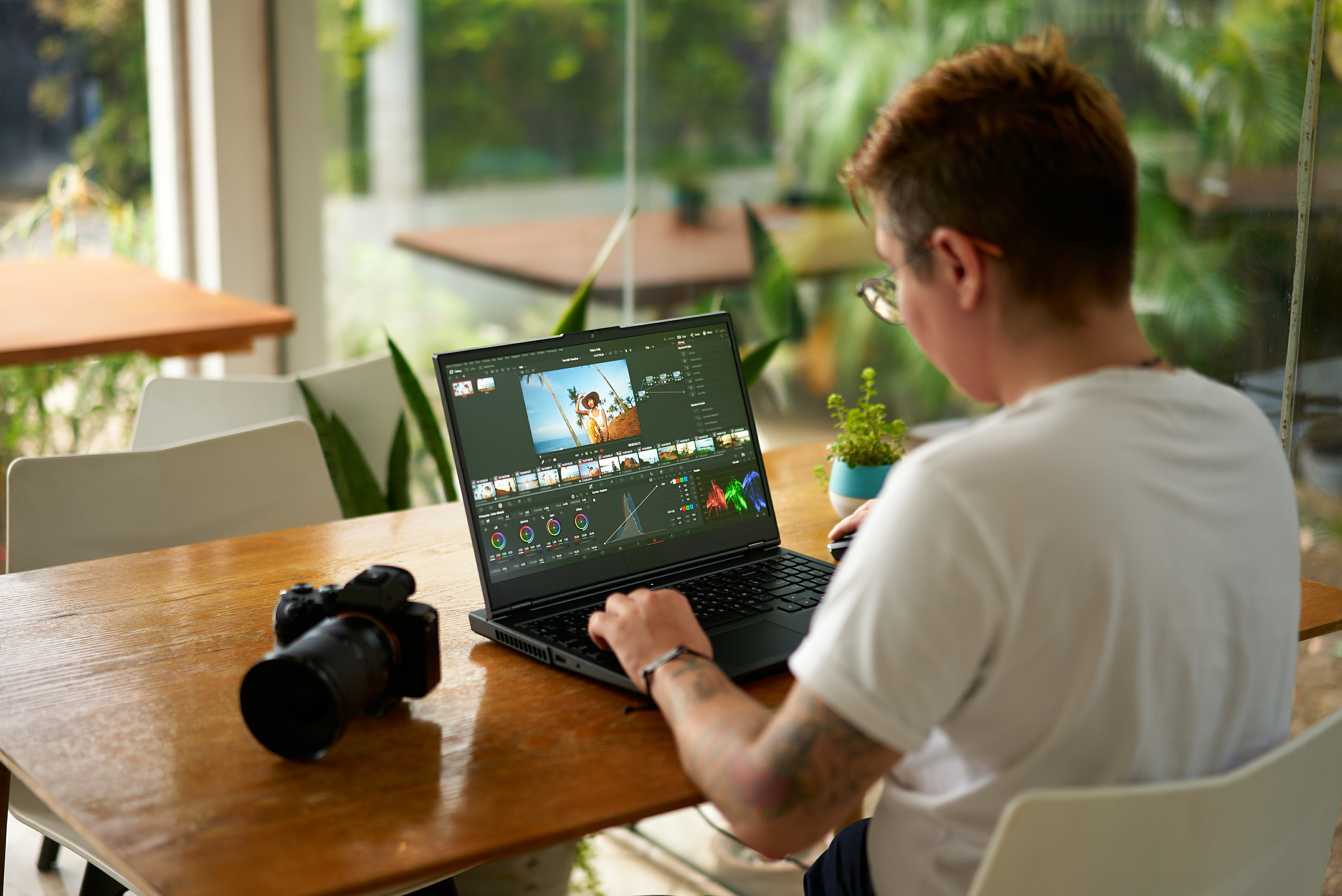Uber Launches Waymo Robotaxi Waitlist in Atlanta: A New Era in Autonomous Rides

Uber Opens Up Its Waymo Robotaxi Waitlist in Atlanta
Uber riders in Atlanta are about to experience a significant leap into the future of transportation. On Tuesday, the company announced that it is launching an interest list for individuals eager to request a ride in a Waymo driverless vehicle. By signing up, riders will enhance their chances of being matched with a robotaxi when the service officially debuts in Atlanta this summer.
This new initiative marks the latest expansion of the collaborative partnership between Uber and Waymo, a leader in autonomous vehicle technology. Previously, the two companies have successfully teamed up in Phoenix, Arizona, where users can summon a robotaxi through the Uber app. Additionally, Uber began offering Waymo rides in Austin, Texas, in March, following the launch of an interest list for that city a month earlier.
In preparation for the Atlanta rollout, Waymo has already allowed its employees to hail robotaxis in the area. Now, the wider public will have the opportunity to join in on this innovative transport experience. Unique to Atlanta and Austin, interested passengers will not need a separate app, such as the Waymo One app, to access the service. Instead, they can conveniently request a ride directly through the Uber app. This streamlined process is designed to lower barriers to entry, encouraging more people to try out the robotaxi experience. In contrast, riders in Phoenix have the option to use either the Waymo One or Uber app for their rides.
To become part of the interest list for Atlanta, prospective riders should ensure their Uber app is updated. They can navigate to the Account > Settings section, find the Autonomous vehicles option under the Ride Preferences menu, and select Join interest list.
Those who join the interest list may receive an opportunity to ride with Waymo prior to the public launch. Selected participants will be notified through the app and via email. Following their inaugural Waymo trip, customers will receive up to $10 in Uber Cash, which will expire after 30 days. Uber is also encouraging feedback from these riders to continue improving the autonomous experience.
The new Waymo service is set to cover an expansive area of 65 square miles in Atlanta, with plans for future expansions as the program proves successful. Riders will pay the same rates as they would for an UberX, Uber Green, Uber Comfort, or Uber Comfort Electric ride, and will see upfront pricing in the app. Passengers will have the ability to unlock the vehicle and begin their trip solely through the Uber app, enhancing user convenience.
From personal experience, hailing a Waymo in San Francisco using the Waymo One app can often be pricier compared to requesting a traditional human-driven Uber. By allowing riders the option to summon a robotaxi through an app already on their phone and maintaining competitive pricing, Uber may encourage individuals to step outside their comfort zones and try this new mode of transportation. Although witnessing a steering wheel turning by itself may initially be unsettling, many users quickly adapt to the experience.
As part of their collaboration, Uber will manage essential tasks such as vehicle cleaning and maintenance, while Waymo will retain responsibility for testing and operating its driverless vehicles, including providing roadside assistance and certain rider support functions. This division of labor ensures a smooth and efficient operation for both parties.
In addition to Waymo, Uber is collaborating with 13 other autonomous vehicle companies. Historically, Uber invested considerable resources into developing its own self-driving technologies but opted to sell that sector to Aurora in 2020. This strategic shift indicates a focus on strengthening partnerships with established players like Waymo, which was once perceived as a direct competitor.
The realm of self-driving technology is still in its early stages, and Waymo is currently at the forefront of this rapidly evolving industry. Recently, Amazon-owned Zoox announced its expansion into Los Angeles and has been testing in several of the same locations as Waymo. Startups like Avride, Nuro, and May Mobility are also participating in this competitive race to advance autonomous transportation.
However, not all companies in this sector have been successful. Late in 2022, General Motors decided to discontinue its Cruise robotaxi initiative to concentrate on enhancing advanced driver assistance technologies. Even tech giant Apple has abandoned its ambitions for a self-driving car project.
The challenges facing self-driving companies include prohibitively high operational costs and navigating complex regulatory landscapes. For instance, Cruise was suspended indefinitely in 2023 after one of its autonomous vehicles struck a pedestrian in San Francisco. Similarly, Waymo and Zoox have encountered various incidents over the years that have raised public concerns.
Despite these challenges, companies like Waymo and Zoox assert that their vehicles are safer than those operated by human drivers. A recent data release from Waymo indicates that, after exceeding 22 million miles of driving, their self-driving technology was involved in 73% fewer injury-causing accidents and 48% fewer police-reported incidents compared to human-operated vehicles. Furthermore, in an open letter issued last year, Zooxs chief safety innovation officer highlighted that, according to the National Highway Traffic Safety Administration, 94% of crashes are attributable to human error.
To reassure riders, Uber has stated that Waymo passengers can access human support via the Uber app and from within the vehicle at any time, thanks to customer support screens located in both the front and back of the car.





















